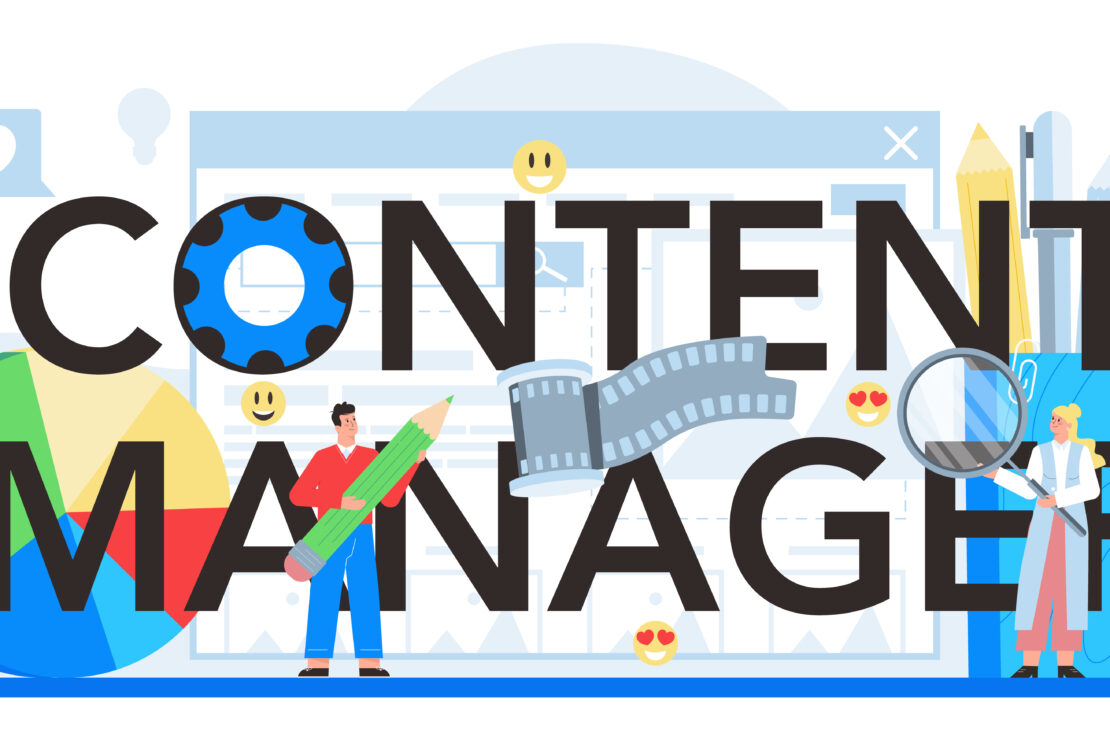
A robust content development strategy is key to building a brand’s presence, engaging customers, and driving business growth. Content is the lifeblood of your brand’s marketing efforts, whether it’s blogs, social media posts, videos, or newsletters. A well-thought-out content development strategy ensures that your message reaches the right audience and resonates with them. Here are some essential steps for creating a content development Service that helps your brand achieve its goals.
Understand Your Brand’s Goals and Audience
Before exploring content development, it’s crucial to define the purpose behind your efforts. Ask yourself, what do you want to achieve with your content? Whether it’s increasing brand awareness, generating leads, or building customer loyalty, having a clear goal will guide the type of content you produce. Equally important is understanding your target audience. Your content needs to speak directly to the people you want to engage. Conduct thorough research to determine their pain points, interests, and preferences. By knowing your audience well, you can tailor your content development strategy.
Conduct a Content Audit
A comprehensive content audit is the next step in building a successful strategy. This involves evaluating all the existing content across your platforms to see what has worked and what hasn’t. Identify content that performed well in terms of engagement, shares, and conversions. Similarly, look for gaps where your brand may be lacking coverage or delivering suboptimal results. A content audit helps you capitalize on strengths and address weaknesses, ensuring that your future content development efforts are built on a foundation of data-driven insights.
Develop a Content Calendar
One of the best ways to ensure consistency in content development is by creating a content calendar. A well-structured content calendar outlines what content will be published, when, and on which platforms. It allows you to plan ahead, ensure a steady stream of engaging material, and maintain a cohesive brand voice. The content calendar should include different types of content—blogs, social media posts, videos, infographics, podcasts, and newsletters—tailored to the interests of your target audience. By varying the types of content, you keep your audience engaged while also catering to different content consumption preferences.
Prioritize Quality over Quantity
When it comes to content development, quality must be ahead of quantity. While it may be tempting to create as much content as possible, producing high-quality content that adds value to your audience is far more effective. In a saturated digital world, people are drawn to content that offers genuine insights, solutions to their problems, or entertainment value. Invest time in researching, writing, and polishing each piece of content. High-quality content not only ranks better on search engines but also builds trust with your audience, making them more likely to return and engage with your brand.
Leverage SEO Best Practices
To make your content development strategy truly effective, you need to optimize it for search engines. Search Engine Optimization (SEO) ensures that your content gets discovered by the right people when they search for relevant topics. This involves incorporating the right keywords, optimizing meta tags, using alt text for images, and structuring your content in a way that is easy for search engines to understand. Additionally, you should focus on creating content that addresses the specific questions or concerns of your audience, as this type of content is more likely to rank well on search engine results pages (SERPs). Long-form, comprehensive content often performs better in search rankings, so don’t shy away from creating in-depth pieces when necessary.
Reusing Content for Maximum Reach
An often overlooked but highly effective tactic in content development is reusing content. This involves taking existing content and transforming it into different formats to reach a broader audience. For example, a blog post can be turned into an infographic, a video, or a series of social media posts. Similarly, a podcast can be transcribed and used as the basis for an article. By reusing your content, you increase its reach without investing in the time and effort required to create something entirely new. This approach also helps reinforce key messages, making your brand more memorable to your audience.
Build a Strong Distribution Plan
Even the best content won’t deliver results if it isn’t seen by your target audience. Therefore, your content development strategy should include a robust distribution plan. This involves identifying the right channels for sharing your content—be it through social media, email newsletters, partnerships, or paid promotions. Different platforms serve different purposes, so it’s important to tailor your distribution strategy to match the platform’s audience. For instance, LinkedIn may be ideal for sharing B2B content, while Instagram is better suited for visual storytelling and consumer engagement.
Encourage User-Generated Content
User-generated content (UGC) is a powerful tool in content development because it engages your audience in a more personal way. Encouraging your customers or followers to create and share content related to your brand fosters a sense of community and trust. UGC can take many forms, from product reviews and testimonials to social media posts and video content.

